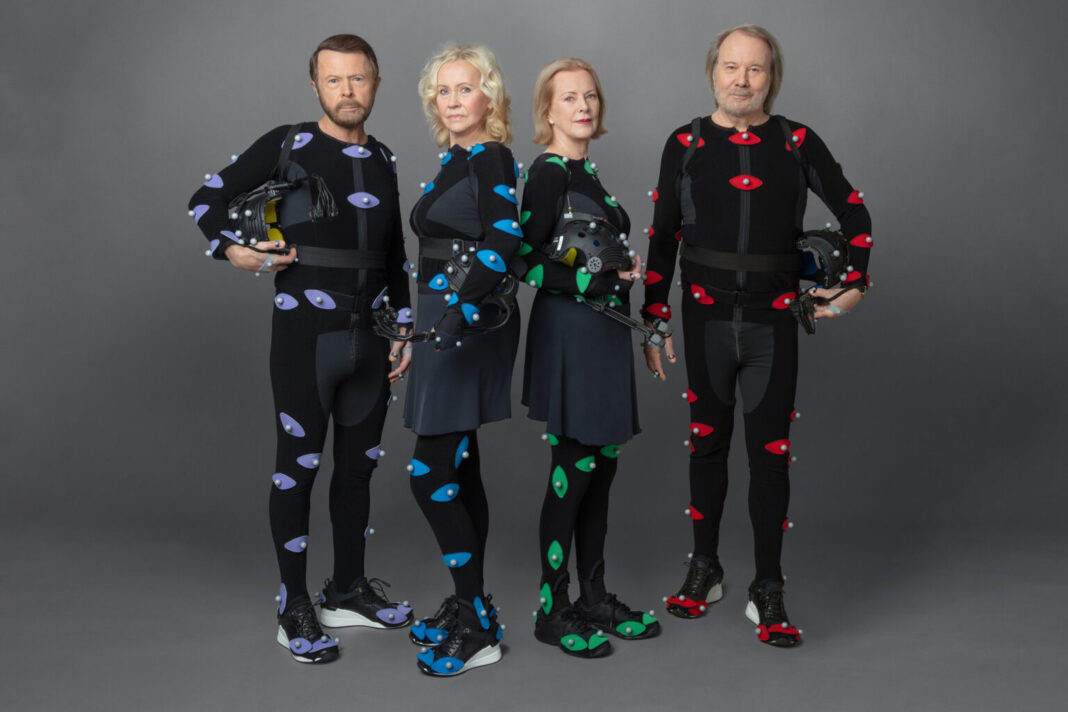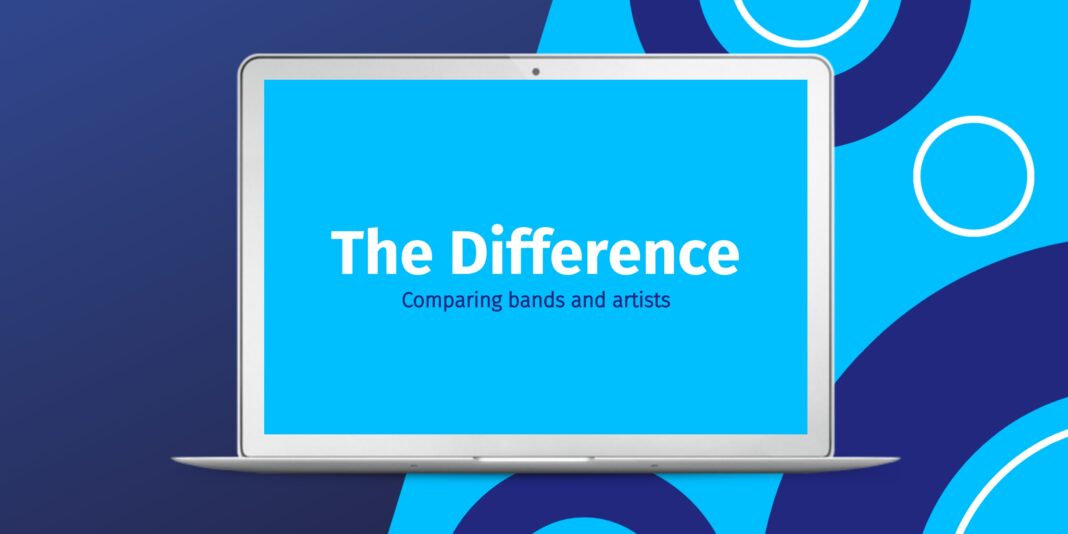In the world of music and entertainment, ABBA is a name synonymous with timeless hits and groundbreaking achievements. For decades, Sweden’s pop icons have enchanted audiences with their catchy melodies and unforgettable performances. Now, amid an era of technological innovation, ABBA have once again pushed the boundaries of imagination by embracing holography as a means to bring their musical legacy to life.
Since announcing their ‘ABBAtar’ project, Benny Andersson, Björn Ulvaeus, Agnetha Fältskog and Anni-Frid Lyngstad (better known as Benny, Björn, Agnetha and Frida) have wowed the world with their visionary approach to live performance. The idea behind ABBAtar is as simple as it is revolutionary: use advanced holographic technology to bring the band members back on stage, not as outdated versions of themselves, but as digital reproductions of their former selves.
The concept of holographic performances is not new in the music world. Previously, artists such as Tupac Shakur and Michael Jackson have performed posthumous holographic shows, albeit with varying degrees of success. What makes ABBA unique, however, is their involvement in the project from the beginning, actively working with technology partners to ensure that the holographic representations remain true to their original personalities and performance.
One of the biggest challenges in creating believable holographic performances is capturing the subtle nuances of human movements and expressions. ABBA has tackled this challenge by using advanced motion capture technology, which allows the smallest details of the band members’ movements to be captured and reproduced. The result is a stunningly realistic representation of the iconic dance moves and interactions that made ABBA one of the most beloved acts of all time.
In addition to the visual aspect, ABBA has also invested in state-of-the-art audio technology to create an immersive sound experience that makes audiences feel like they are really there at a live performance by the band. Each track is carefully remastered and adjusted to match the holographic performance, creating a seamless integration of audio and visual elements.
The impact of ABBA’s holographic revolution extends beyond entertainment. It opens the door to a new form of live performance, where artists are no longer limited by the constraints of time and space. Holographic technology allows bands and artists to perform in front of audiences around the world without being physically present on stage. This has the potential to completely change the way we think about live entertainment and create new possibilities for artists and fans alike.
While some may be skeptical of the rise of holographic performance and wonder whether it can capture the magic of live music, ABBA has proven that its potential is limitless. With their ABBAtar project, they have not only paid tribute to their own legacy, but also paved the way for a new generation of artists to explore and harness the possibilities of holographic technology. For fans around the world, the future of live performances may be as exciting as one of ABBA’s legendary hits.




